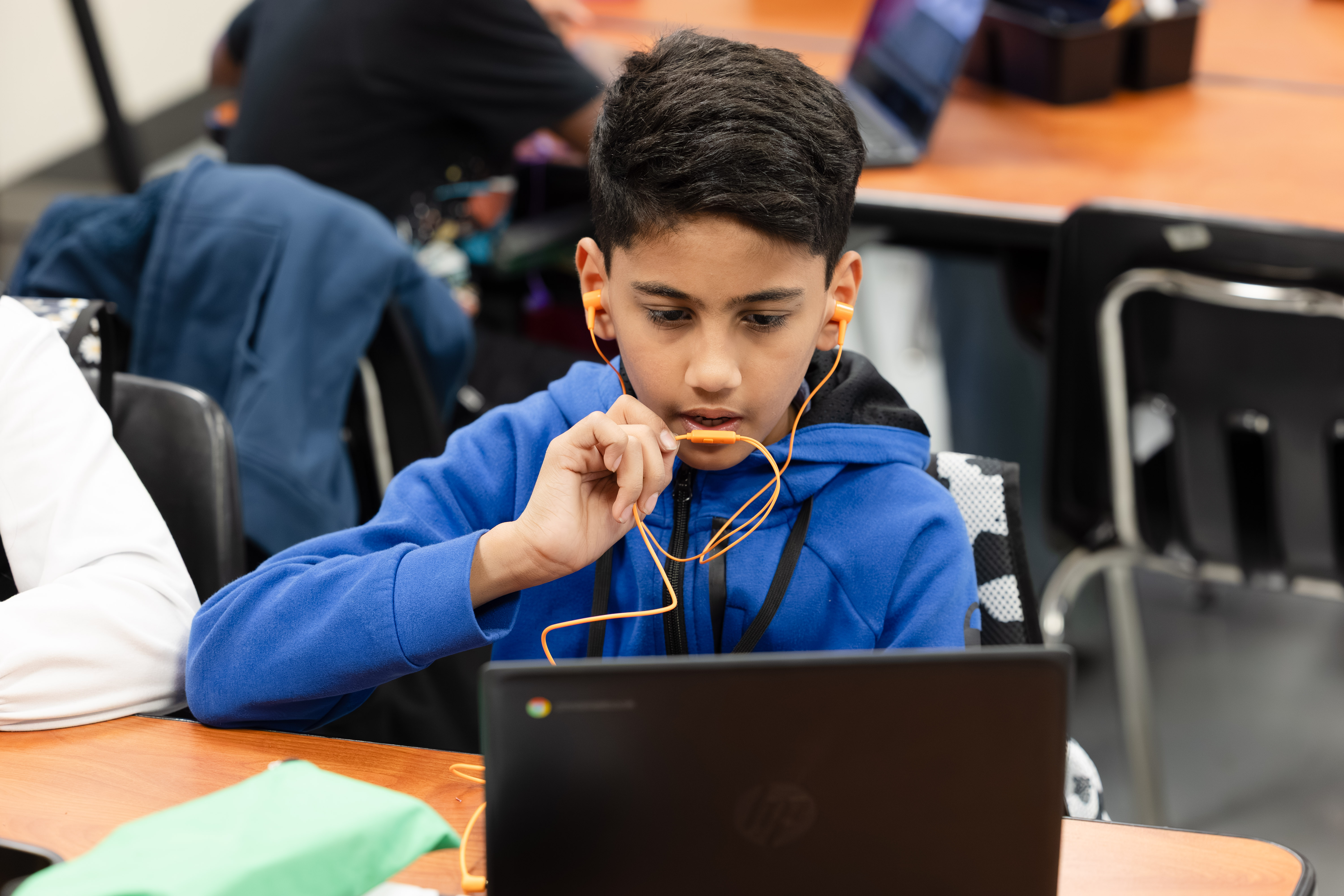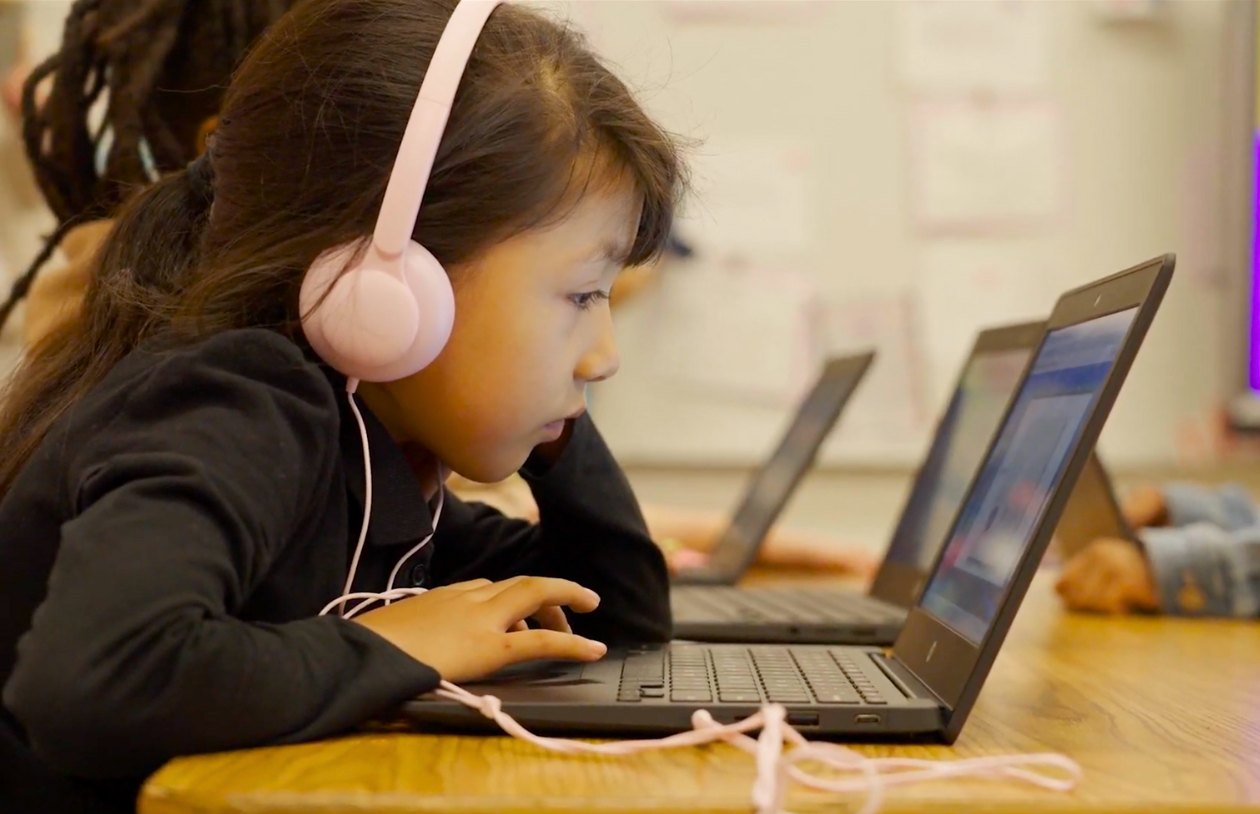3 Strategic Actions to Learning Recovery

How Schools Are Recovering from Learning Lag
Educators are working hard to help students regain their academic footing after the initial disruptions caused by the pandemic. But there is still a long way to go. Since COVID-19’s worldwide threat has diminished, countless schools are now focused on learning recovery.
At its peak, the pandemic disrupted education for more than 1.5 billion students, or 94% of our global student population. For many of these learners, prolonged school closures led to slower-than-usual progress. Learning loss stemming from the pandemic remains a global problem.
What Research Says about Learning Loss
Scientific studies on the effects of school closures started to appear in late 2020, and in 2021 World Bank researchers summarized published studies on K-12 school closures and learning loss. When we can better understand the actual impact that the pandemic had on student learning, we can make progress in equipping educators moving forward.
Recently Istation commissioned their own research study of more than 110,000 students comparing standardized scores from the pre-pandemic school years through the 2020-2021 school year. Results show that school closures explain up to two months of learning loss in reading and four to five months of loss in math. With losses compounded by the notorious “summer slide,” by 2021 more than half of students were performing below the traditional 50th percentiles.
These results confirm that the learning lag leaves much work to do.
“There have been some concerns in the research community about how long it’s going to take students to get caught up,” said Victoria Locke, PhD, Istation’s VP of research and assessment. “But with some of the strategies that school systems have implemented, we do see recovery starting to happen.”
3 Strategic Actions to Accelerate Learning Recovery
Implementing learning recovery is more strategic than simply rewinding and reviewing a classroom’s curriculum. Schools can foster an environment that supports the needs of each and every struggling learner with three simple actions.
1. Gather student data with a formative assessment tool.
Professional development specialist at Istation Virginia Avina emphasizes the importance of data collection for educators.
“It’s essential to gather formative data frequently, not just two or three times per school year. Results shape instruction and help set new goals,” Avina said.
With formative assessment tools like Istation, teachers can screen students’ abilities across the continuum from foundational skills to more complex skills. This gives all stakeholders — from classroom teachers to administrators — a better understanding of a student’s ability and growth.
This is the most important step in learning recovery since everything else requires being able to see where students need support.
2. Develop a clear plan for targeted instruction on your campus or campuses.
Developing a clear improvement plan for a campus or multiple campuses requires careful analysis and thoughtful consideration. Rich formative assessment data is the key to making this step seamless and easy.
With timely feedback from an online assessment tool, teachers can work with students to close learning gaps and provide targeted instruction where needed. Quality EdTech tools take all the guesswork out of what’s next for teachers by providing steps, resources, activities, and more to enhance the learner’s journey.
Istation offers educators a variety of reports for informed decision-making. The Priority Report identifies which students will benefit from further intervention and provides links to teacher-led lessons and supplemental materials.
3. Personalize the learning experience for each student.
Tailoring instruction to each student’s needs can be a time-consuming task for classroom teachers, but it’s accomplished easily with quality EdTech tools. Personalization is key. This has been proven to make the greatest impact on student outcomes.
In Rio Rancho, New Mexico, educators are using Istation’s personalized learning tool to engage students and give them the right instruction at the right time. Principal Christine Prescott at Vista Grande Elementary looks at school-wide data often to determine students’ needs, allowing her and her teachers to focus on meeting those specific needs.
First grade teacher Chelsea Granillo talked about a big win for one student in her class, who started the school year in level 1 and quickly progressed to level 3 in a matter of months. The student’s personalized instructional path online combined with instructional support in class ensured that she received the exact instruction she needed when she needed it.
Whether your school or district is rolling out an accelerated learning model, high-dosage tutoring, targeted interventions, or something more, Istation is the flexible classroom companion to any learning model when working to recover from learning lag.
Learn more about Istation’s assessment tools for reading, math, and Spanish literacy.
Read more from the AI & The Reading Brain Blog


.avif)
